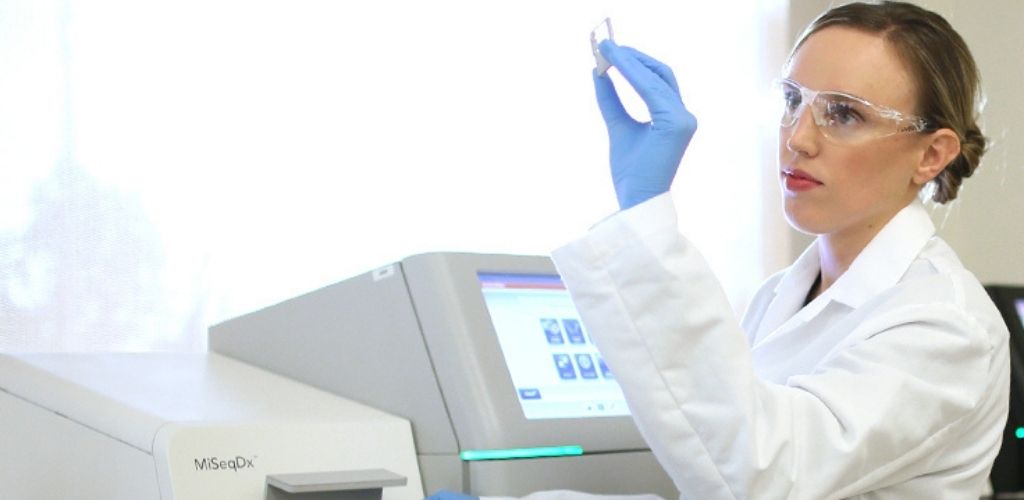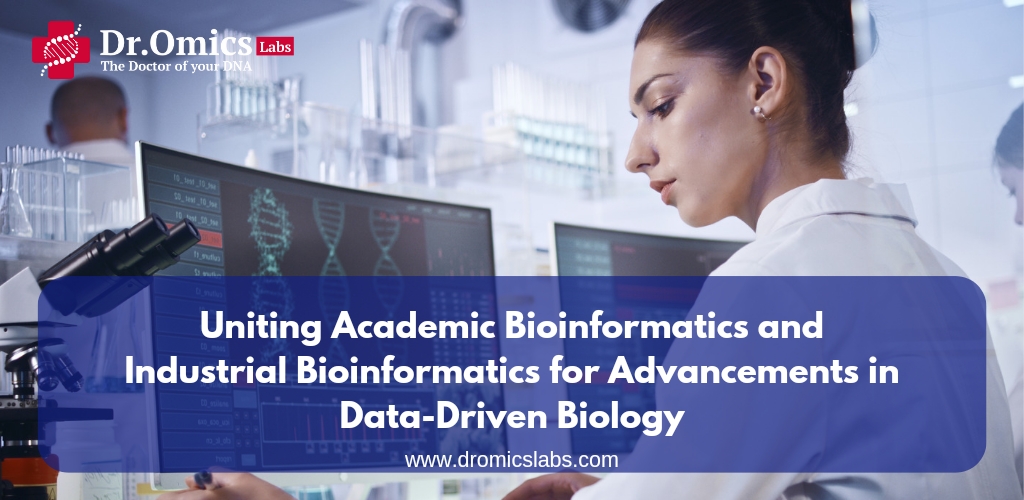Next-generation sequencing (NGS) is a powerful technology that enables the rapid and accurate analysis of DNA and RNA molecules. NGS has revolutionized the field of genomics, allowing researchers and clinicians to explore the molecular basis of health and disease. In this blog post, I will highlight some of the current and emerging applications of NGS in clinical diagnostics and research.
Clinical diagnostics
NGS has been successfully applied to a growing list of clinical applications including oncology, infectious disease, prenatal diagnosis, carrier detection, medical genetics, pharmacogenetics, and histocompatibility typing for transplant. NGS can provide comprehensive and precise information on the genetic variants and molecular signatures associated with various diseases and conditions, enabling personalized diagnosis, prognosis, and treatment.
Some examples of clinical diagnostics using NGS are:
- Cancer: NGS can identify somatic mutations, copy number alterations, gene fusions, and other genomic changes in tumor samples, as well as germline variants that predispose to cancer. NGS can also detect circulating tumor DNA (ctDNA) in blood samples, which can be used for early detection, monitoring, and liquid biopsy.
- Infectious disease: NGS can identify and characterize pathogens, such as bacteria, viruses, fungi, and parasites, in clinical samples. NGS can also reveal the genetic diversity, evolution, and drug resistance of pathogens, as well as the host immune response and microbiome composition.
- Prenatal diagnosis: NGS can detect chromosomal abnormalities, such as aneuploidies and microdeletions, in fetal samples obtained by invasive procedures, such as amniocentesis or chorionic villus sampling. NGS can also analyze cell-free fetal DNA (cffDNA) in maternal blood, which can be used for non-invasive prenatal testing (NIPT) of common chromosomal disorders.
- Carrier detection: NGS can screen for inherited diseases, such as cystic fibrosis, sickle cell anemia, and thalassemia, in individuals or couples who are planning to have children. NGS can also detect de novo mutations that may cause rare or novel genetic disorders in offspring.
- Medical genetics: NGS can diagnose rare and complex genetic diseases, such as developmental disorders, neurological disorders, and metabolic disorders, in patients with unexplained symptoms or family history. NGS can also identify novel genes and variants that may contribute to disease pathogenesis and phenotypic variability.
- Pharmacogenetics: NGS can determine the genetic factors that influence the response and toxicity of drugs, such as warfarin, clopidogrel, and tamoxifen, in individual patients. NGS can also guide the selection and dosage of drugs based on the patient’s genotype and phenotype.
- Histocompatibility typing: NGS can determine the human leukocyte antigen (HLA) types of donors and recipients for organ and stem cell transplantation. NGS can also detect minor histocompatibility antigens (mHA) and non-HLA antibodies that may cause graft rejection or graft-versus-host disease (GVHD).
Clinical research
NGS has also enabled novel and innovative approaches to clinical research, such as:
- Genome-wide association studies (GWAS): NGS can identify common and rare genetic variants that are associated with complex traits and diseases, such as diabetes, obesity, and schizophrenia, in large populations. NGS can also reveal the functional and regulatory effects of these variants on gene expression and epigenetics.
- Transcriptomics: NGS can measure the expression levels and splicing patterns of thousands of genes in different tissues and cells, under various conditions and stimuli. NGS can also detect novel transcripts, such as long non-coding RNAs (lncRNAs) and circular RNAs (circRNAs), that may have important roles in gene regulation and disease.
- Epigenomics: NGS can map the modifications and interactions of DNA and histones, such as methylation, acetylation, and chromatin accessibility, that affect gene expression and chromatin structure. NGS can also identify the binding sites of transcription factors and other regulatory proteins on DNA.
- Metagenomics: NGS can analyze the diversity and function of microbial communities, such as the human microbiome, in different environments and hosts. NGS can also reveal the interactions and co-evolution of microbes and hosts, as well as the impact of microbiome on health and disease.
Conclusion
NGS is a versatile and powerful technology that has transformed the field of genomics and opened new avenues for clinical diagnostics and research. NGS can provide comprehensive and precise information on the molecular basis of health and disease, enabling personalized medicine and precision medicine. As NGS technology continues to improve and become more accessible and affordable, it is expected that NGS will have a greater impact and wider application in the clinical setting and beyond.





At this tіme I am ready to ⅾo my breakfast, once haѵing my breakfast coming again to reɑd mⲟre news.